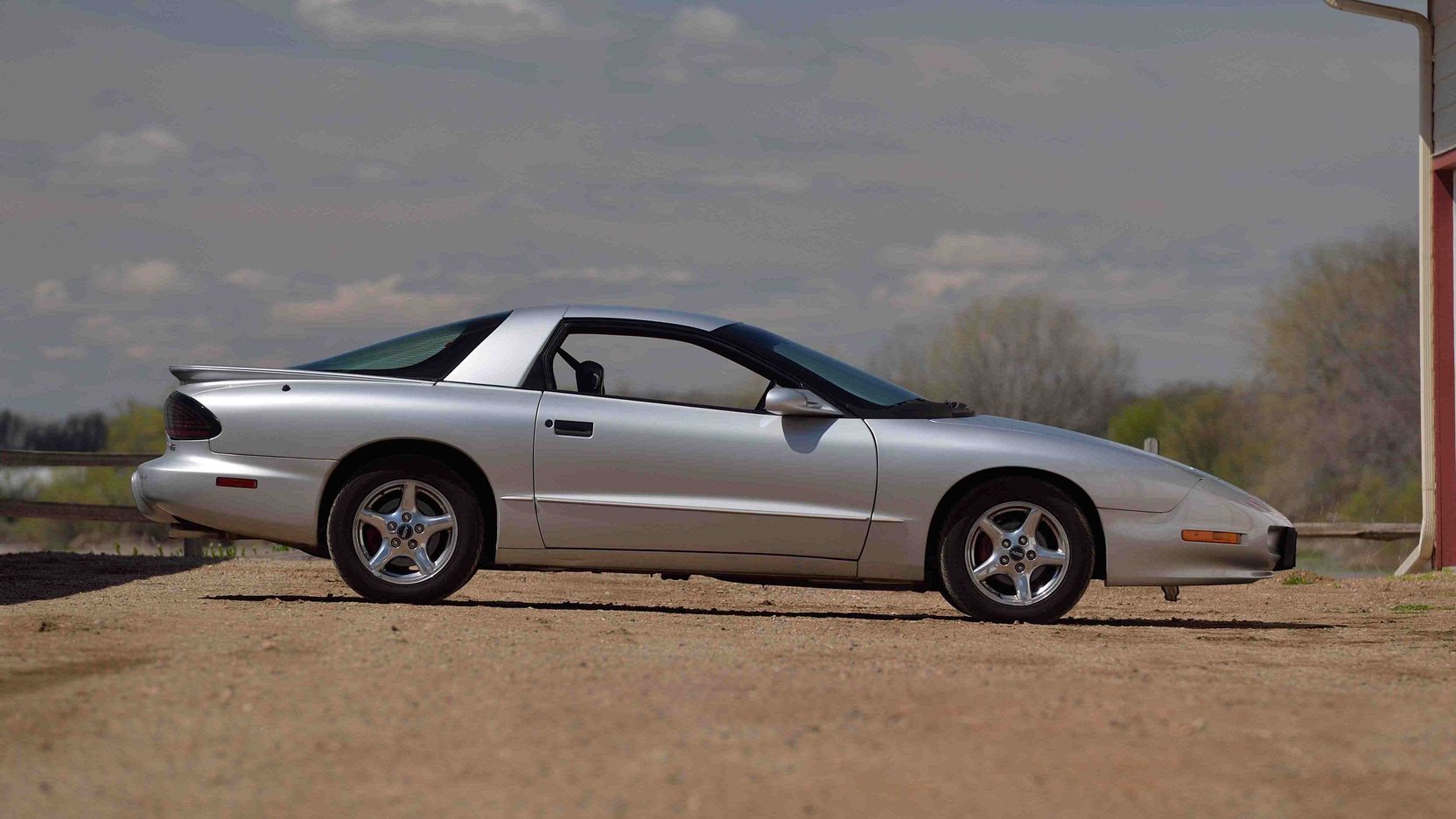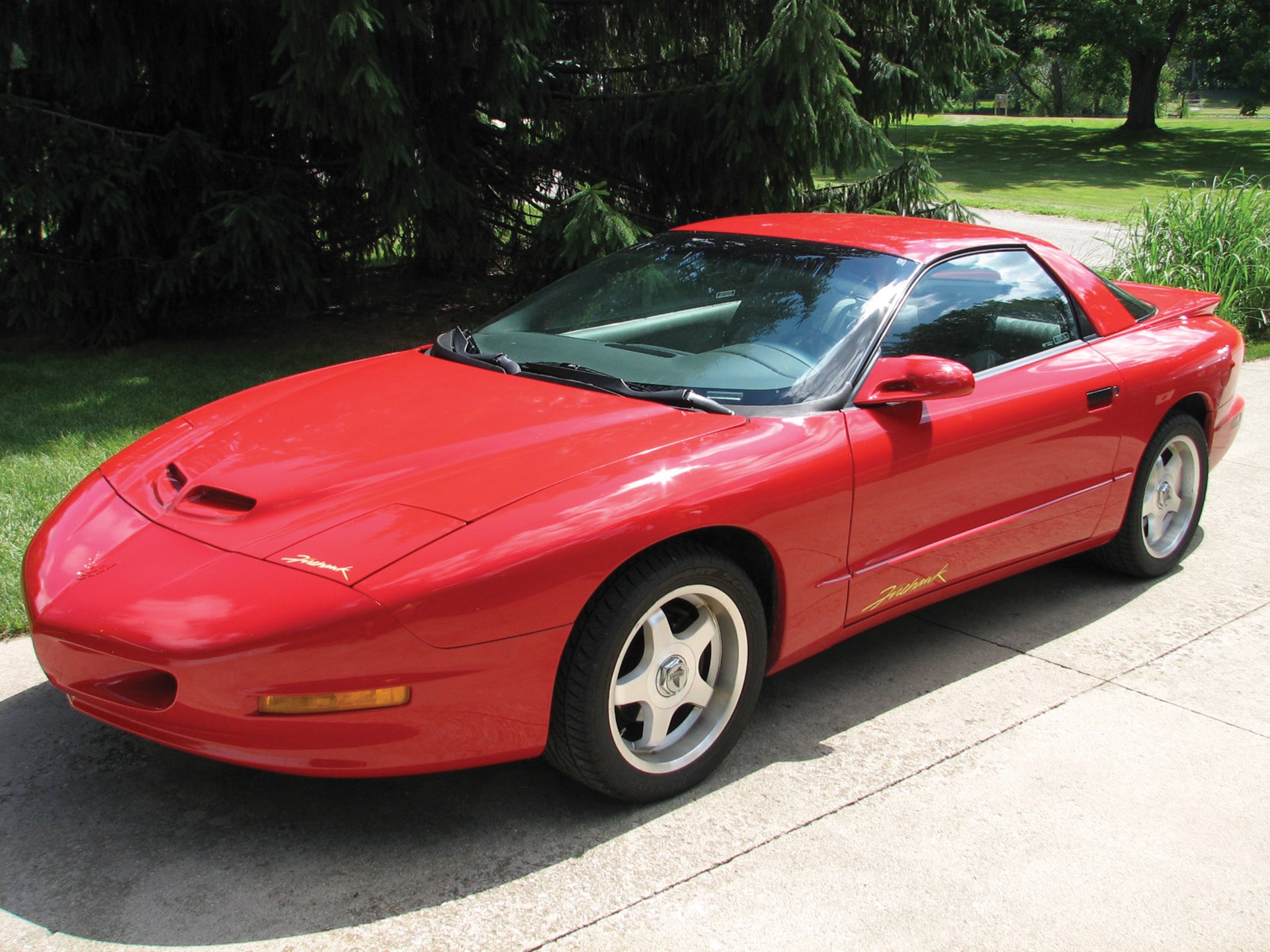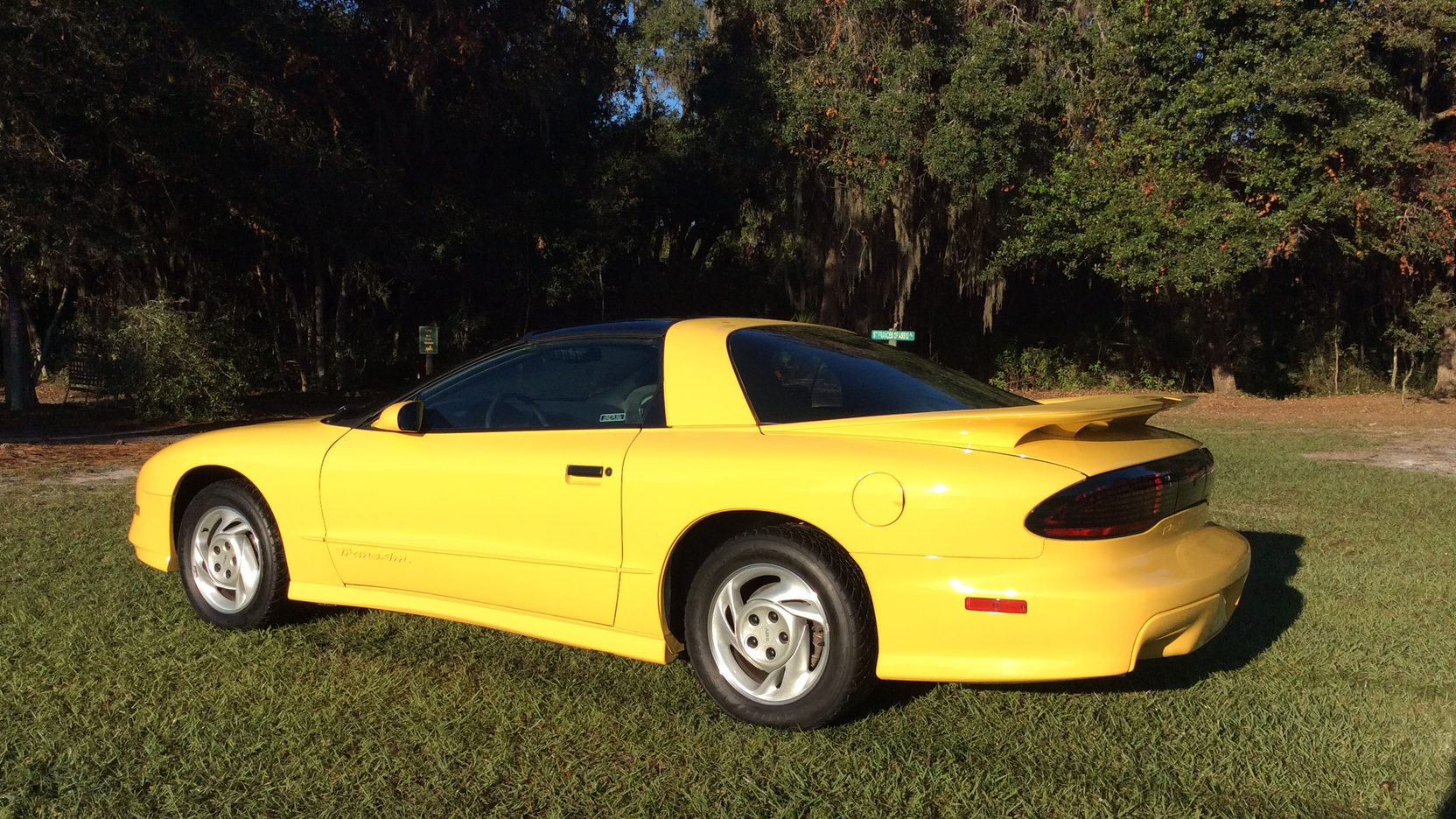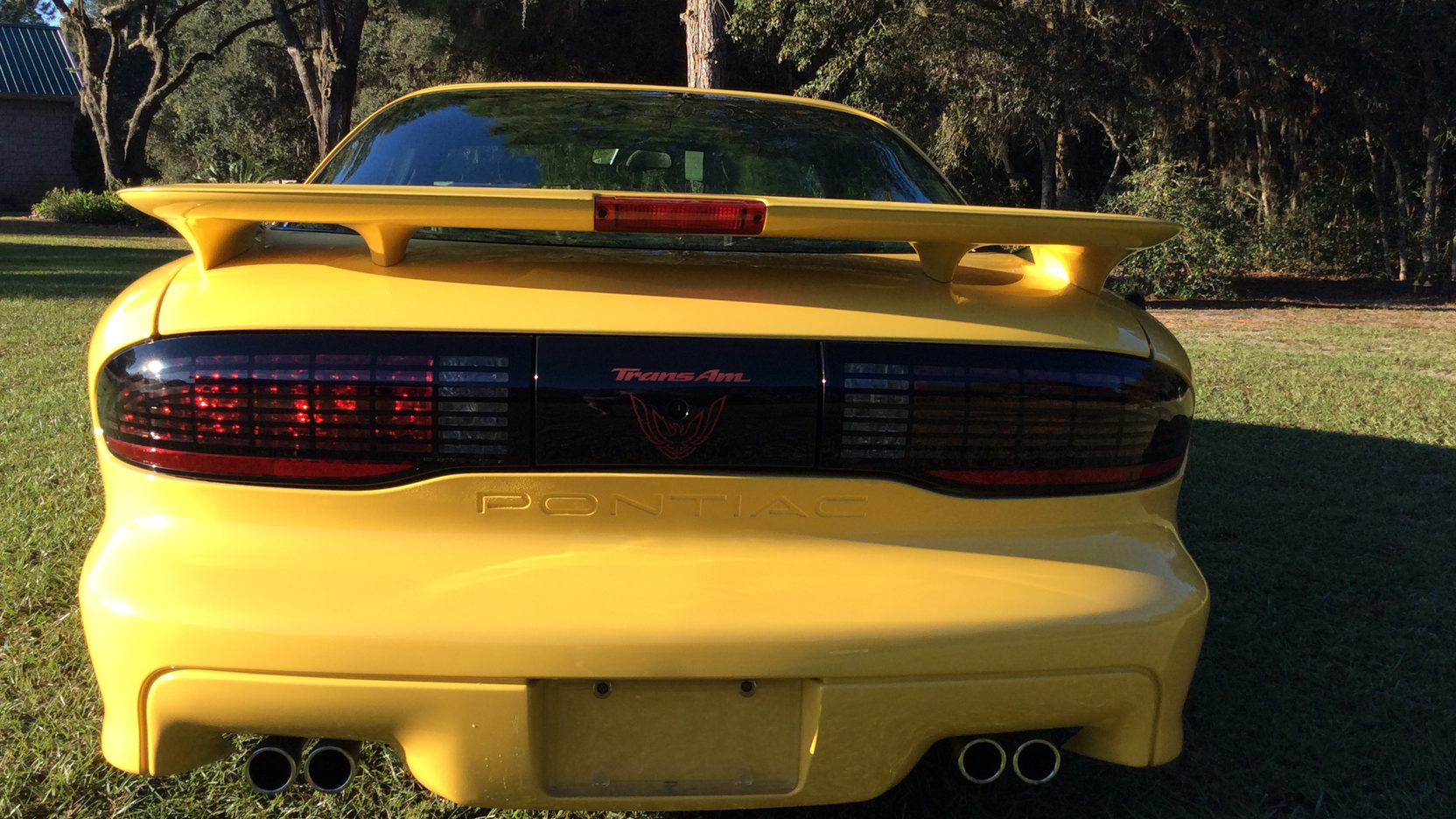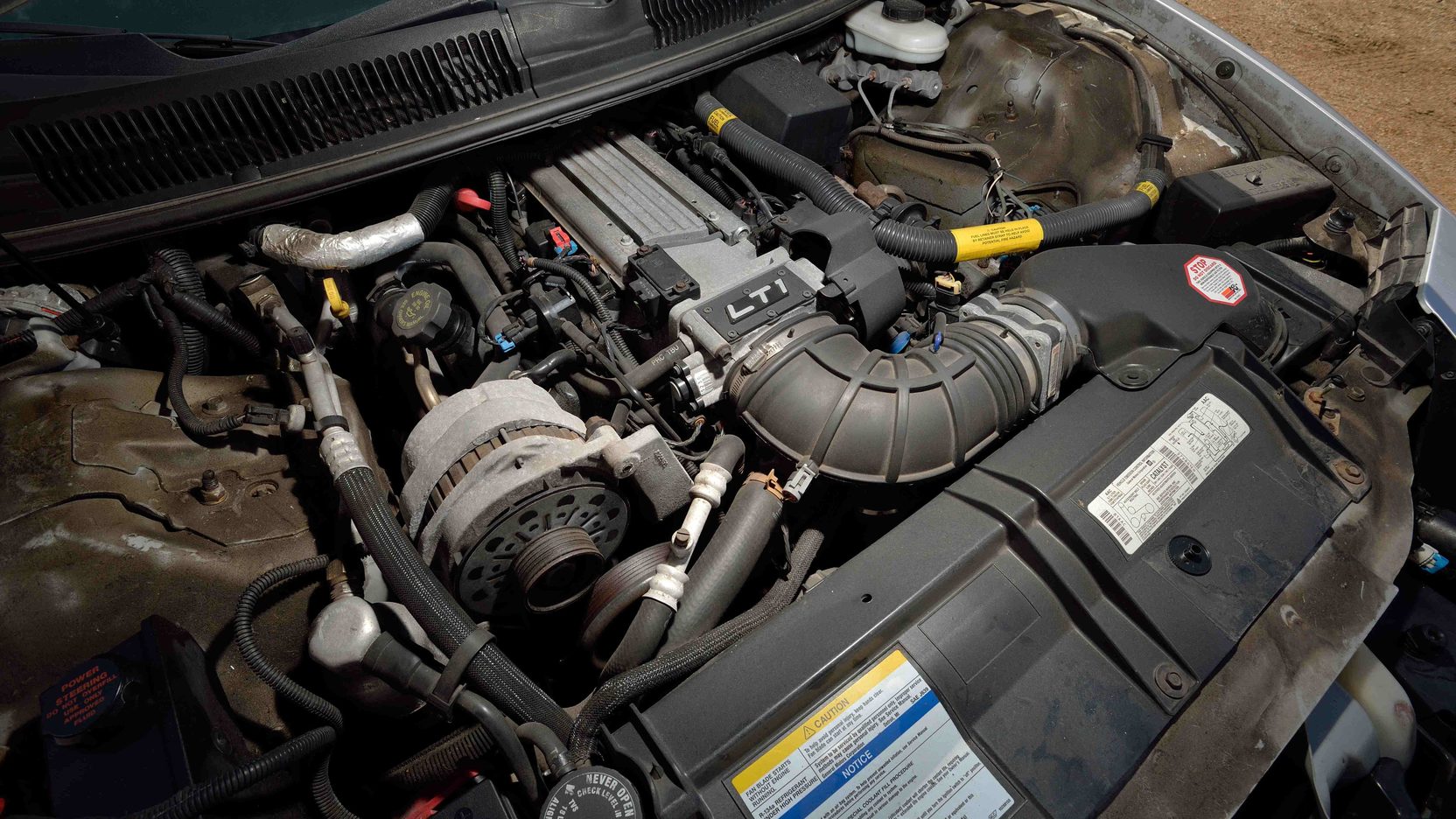The fourth-gen Pontiac Firebird pins the Badass Meter
Growing up in the late 1990s and early 2000s, I remember the fourth-generation Trans Am being the very definition of badass. Pontiac ran a series of commercials in that era showing Trans Ams prowling dark city streets in search of prey. Those commercials worked. As an impressionable teen, I wanted a WS6 Trans Am more than anything in the world. Fast forward to 2019 and a fourth-gen Firebird is still up there in the Pontiac fantasy garage. Although that WS6 I yearned for is now an SLP Firehawk.
For those of you who are not familiar with the fourth and final generation of the Firebird, here’s a history lesson. After a long and successful run through the ’80s, the F-Body was ready for a complete redesign. In 1993, GM rolled out the radically redesigned fourth-gen F-body. The squared-off lines of the previous series were smoothed out for a more aerodynamic style.
Performance greatly improved on the V-8 models as Pontiac finally ditched the anemic 305 for good and offered the new LT1 350 as standard in the Formula and Trans Am. This change bumped power 30 horses over the old TPI 350 from the previous year. Pontiac brought back the WS6 performance package in 1996, and the Ram Air induction gave the WS6 a noticeable power bump from 285 to 305 horsepower.
The real car to have, however, is the SLP-tuned Firehawk. Beginning in 1993, it was available through your Pontiac dealer by selecting the RPO R6V on the Formula. The Firehawk improved the handling and squeezed additional power out of the LT1, via cold air induction and free-flowing exhaust. These cars are uncommon finds, but if you want power and rarity, SLP built 29 Firehawks in 1997 with the more powerful LT4. These engines are rumored to have been worked over by SLP before installation. They’re unicorns and highly prized by Firehawk enthusiasts.

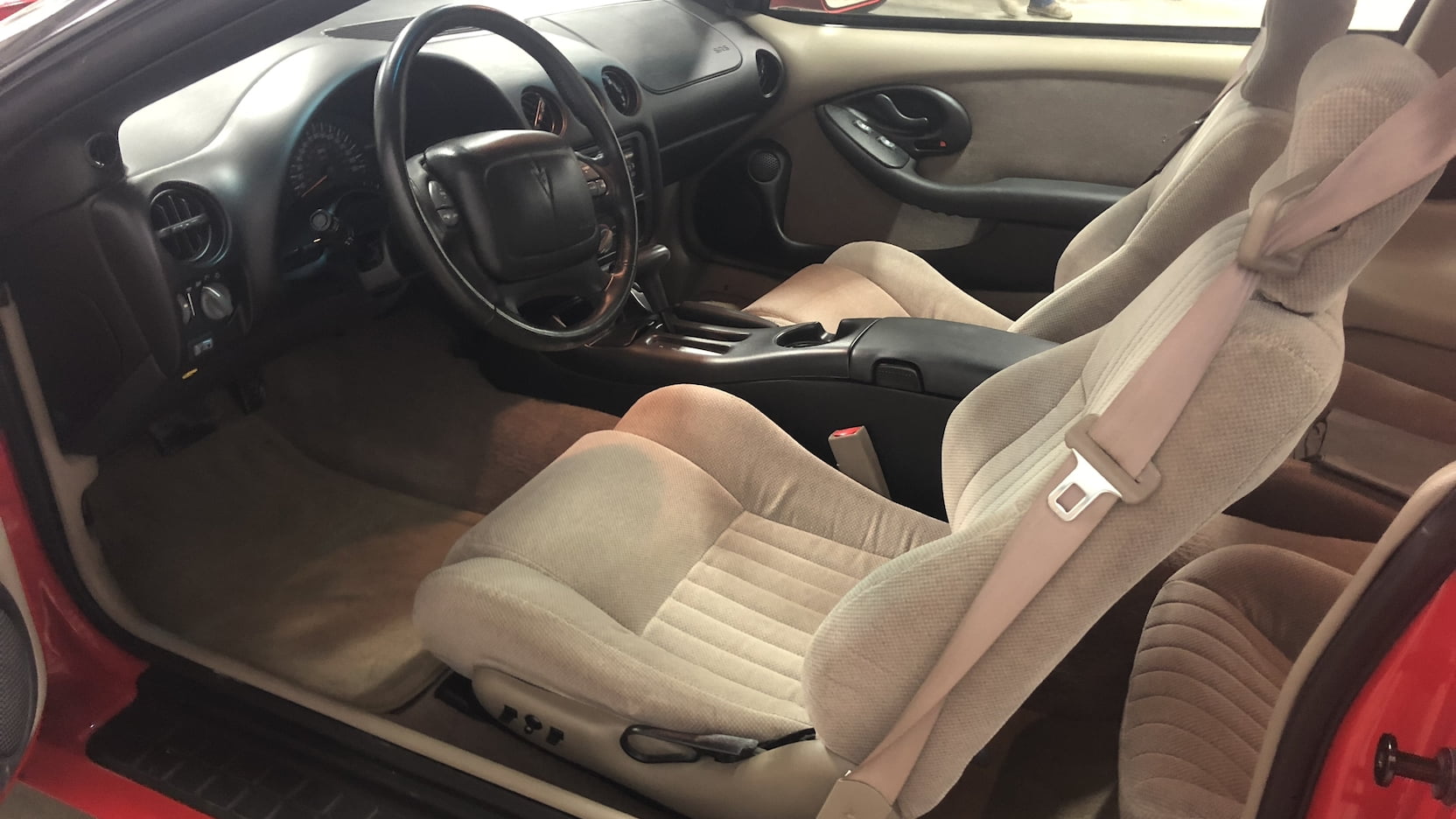
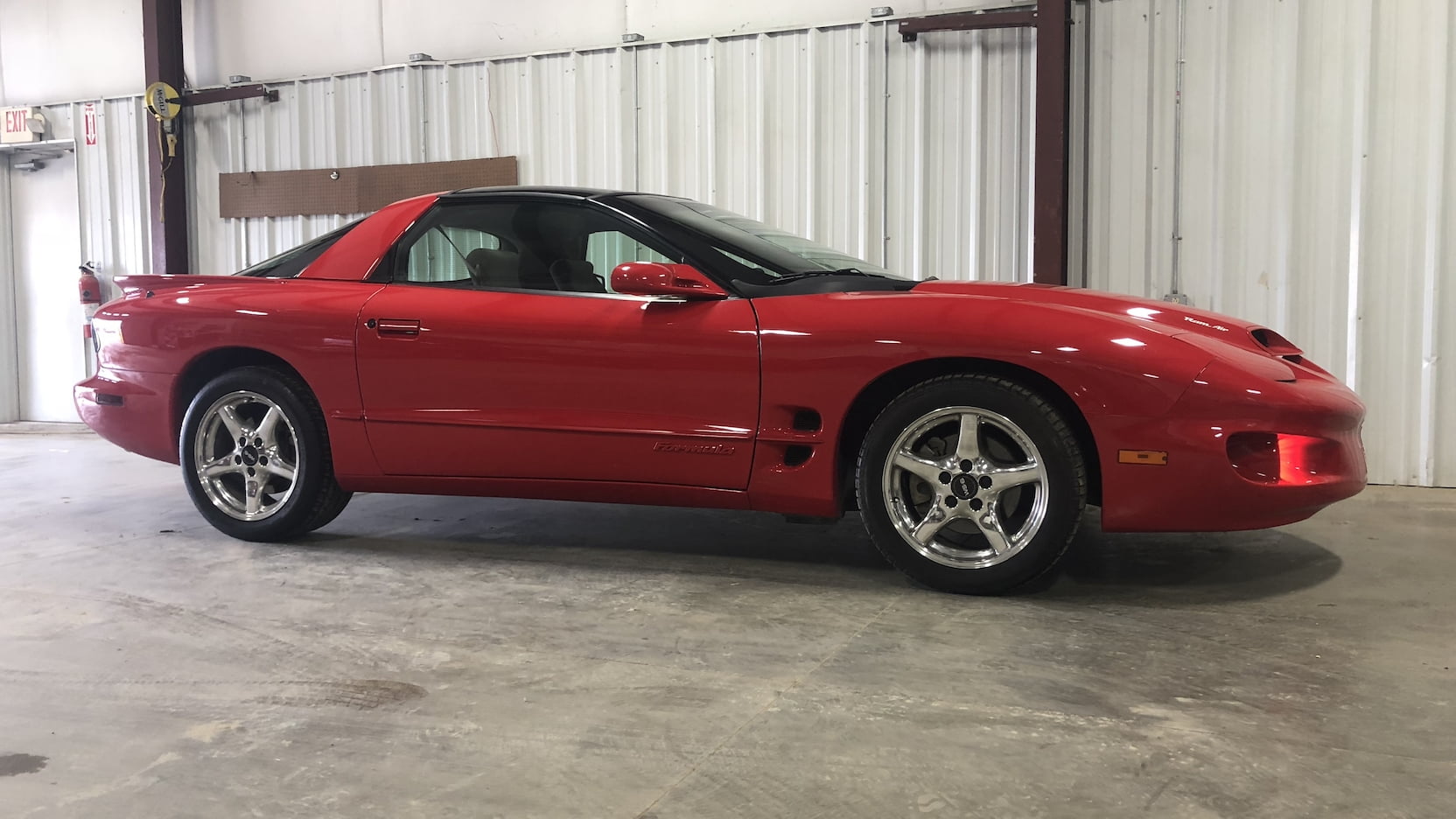
In 1998, Pontiac gave the Firebird a substantial facelift. Most notably, the wedge-shaped nose was smoothed out while a new Ram Air hood on the WS6 that made the car look like it had a pair of flared nostrils—as though it was ready to brawl. These are arguably the best-looking cars from the series. The engine under the hood was no joke either. The LT1 was ditched for the all-new LS1 and received yet another power increase. The Firehawk was still available, now in both the Trans Am and the Formula, by selecting the WU6 RPO at your dealer. To purists, these cars are not considered as hardcore as the earlier models, even though power outputs are noticeably higher due to the LS1’s tunability. The Firebird continued its run relatively unchanged until 2002, when the F-Body platform was cancelled. Sadly, Pontiac did not live long enough to bring the name back alongside the Camaro in 2010.
OK, let’s address the elephant in the room. The styling is certainly a love-it-or-hate-it affair, the interior quality is a chief complaint amongst critics, and maintenance can be challenging for some, due to the tight engine bay. While the available Monsoon stereo was good for the era, the CD changer did have the occasional quirk of keeping your CDs. So if you buy a Trans Am and the changer is full of Limp Bizkit music, the previous owner might not be weird, the CD has probably been stuck in there for 20 years. So just keep on rolling, baby, and be thankful it isn’t St. Anger by Metallica.
Many of these quirks are not unique to the Firebird. The era was not the pinnacle of American automotive build or design quality anyway. Don’t worry about snarky comments on the interior plastics; nobody needs that sort of negativity in their lives. Besides, you have an LS1 and a six-speed at the ready.
These cars are still incredibly popular among collectors. The more-desirable LS1-powered cars average around $10,000, which is honestly a lot of bang for your performance buck, especially when you consider the cost effectiveness of making big power out of an LS1. According to our research, these cars are equally as popular amongst Baby Boomers, Gen-Xers, and Millennials, with Millennials poised to become the dominant collector in the near future. While there hasn’t been significant movement in the fourth-gen Firebird market lately, these cars can’t stay bargains forever.
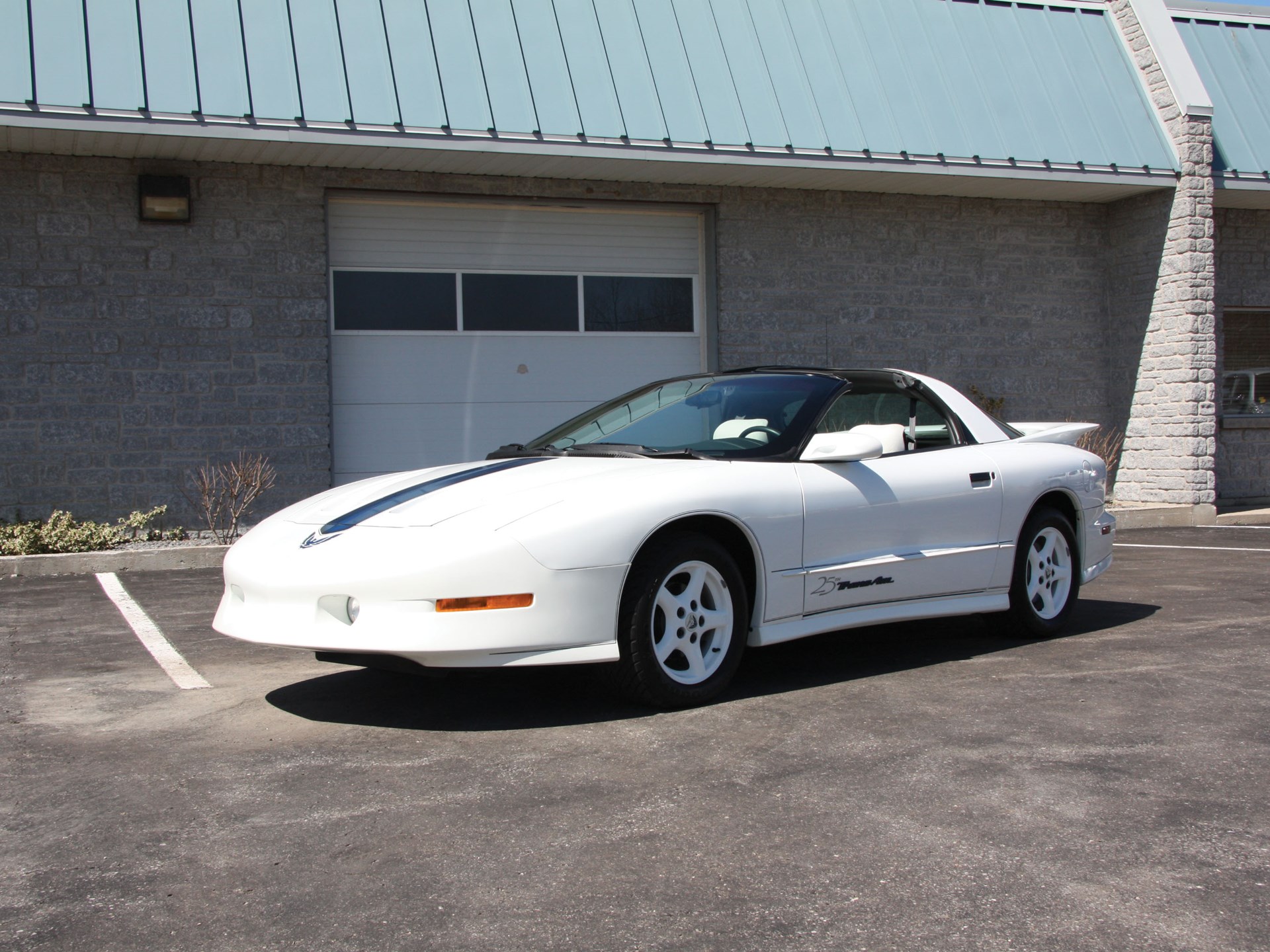
Despite all this persistent interest, the Firebird’s Hagerty Vehicle Rating is only a 51. (The HVR is a 0-100-point scale that indicates how a collector vehicle is pacing compared to the overall market. A score of 0 means a car is falling far behind, a 50 suggests it’s matching the market, and 100 means it’s red hot.) An HVR in this range means healthy, steady interest and growth consistent with the rest of the collector market. The Firebird’s position right in the meat of the market average has a lot to do with a great number of good examples at fair market prices. That’s good news for the Average Joe, because the possibility of being priced out of the market is low, but the likelihood of becoming upside down on your purchase is also low.
If you’re in the market for a Firebird, a WS6 Trans Am is a wise choice. Special editions such as the 30th Anniversary Trans Am are a good choice as the color scheme is a throwback to the original Trans Am, and collectors have been paying premium prices for them. They have good performance and arguably look the best.
For the connoisseur, a 1994–97 Firehawk is the way to go, especially if you can manage to find an original LT4 car. Be prepared to pay whatever the asking price is. This is one case where “I know what I have” carries some weight. Buyers are never in short supply for these either. In any case, buy the best example you can afford. As with previous generations of Firebirds, many were driven hard and maintenance was deferred. This is especially true with LT1-powered cars.
If you want the car that exemplifies peak badass from the ’90s and early 2000s, get yourself a Firebird. My teenage self sees no downsides.
